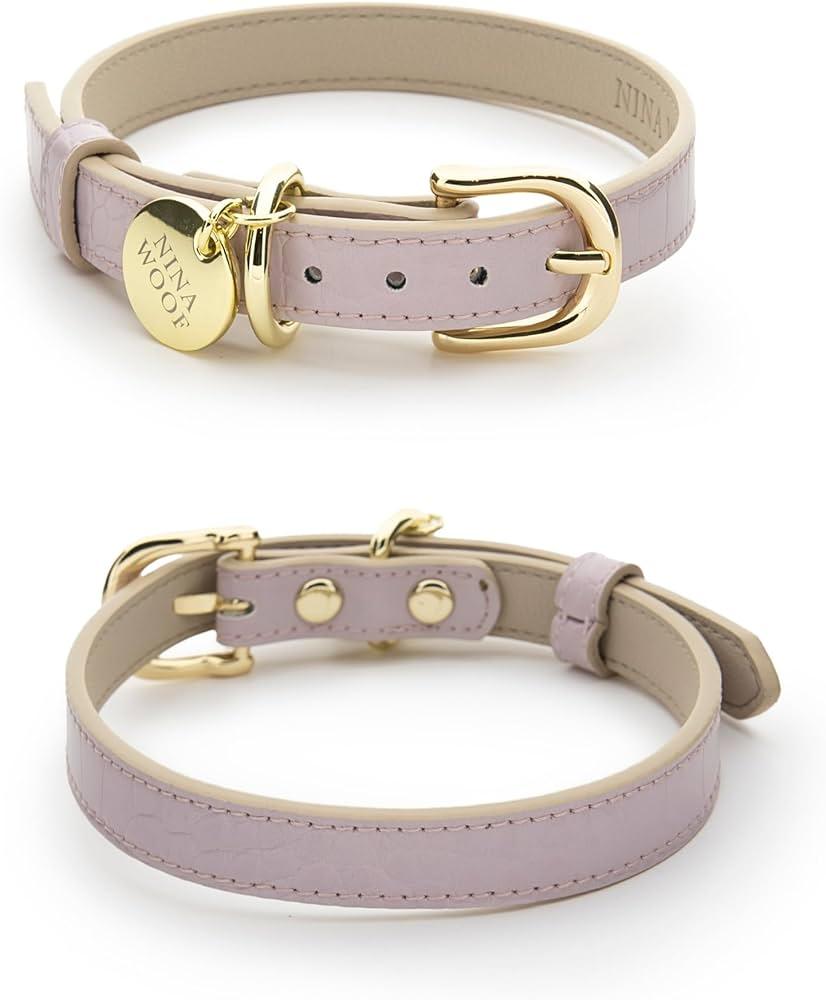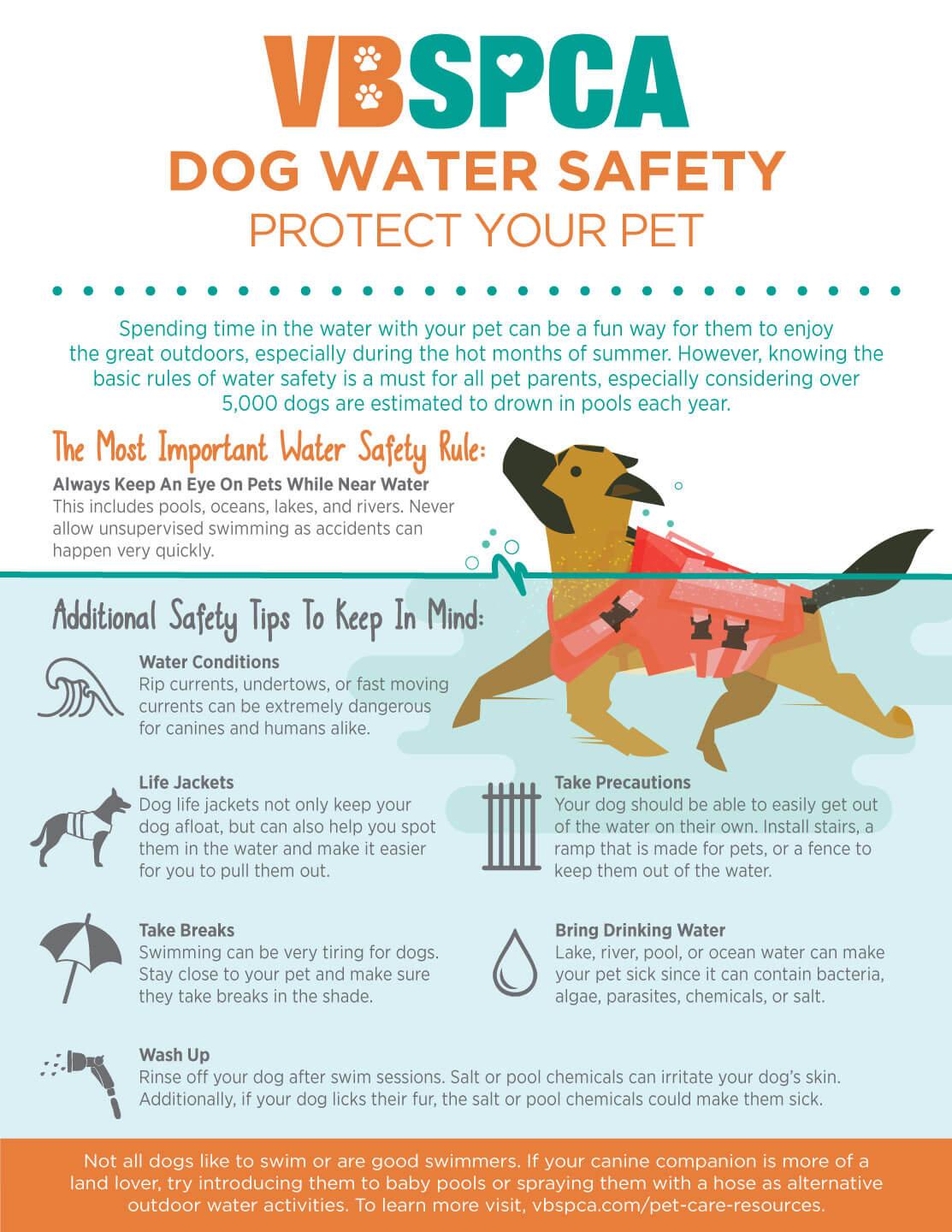Welcoming a new furry friend into your home is an exciting journey filled with joy, companionship, and a few challenges along the way. As a first-time dog owner, ensuring the safety and well-being of your pet is a top priority, setting the foundation for a long, happy life together. Whether you’re bringing home a playful puppy or a wise older dog, understanding the essentials of canine safety can make all the difference. In this guide, we’ll walk you through the top dog safety tips that every new owner should know, helping you create a secure and loving environment for your four-legged family member. So, grab a cup of tea, settle in, and let’s embark on this rewarding adventure together, ensuring that both you and your dog feel confident and cared for every step of the way.
Choosing the Right Collar and Leash for Your Furry Friend
When it comes to selecting the perfect collar and leash for your beloved pet, comfort and safety should be your top priorities. A well-fitted collar is essential, as it should sit snugly but not too tight; you should be able to slip two fingers between the collar and your dog’s neck. Consider the material: leather and nylon are durable choices, while fabric collars offer a lighter option for smaller breeds. Personalized collars with your contact information can add an extra layer of security.
For leashes, choose a length that gives your dog freedom to explore while keeping them close enough to control. Standard leashes of 4-6 feet work well for most dogs, providing a balance between freedom and control. Retractable leashes can be convenient but require careful handling, especially in crowded areas. Always check for sturdy clips and durable materials to ensure the leash can withstand your dog’s strength and enthusiasm. Remember, the right combination of collar and leash not only enhances your walks but also keeps your furry friend safe and secure.

Creating a Safe and Comfortable Home Environment
Transforming your house into a haven for your furry friend is essential to their well-being and happiness. Start by securing potential hazards around the home. Keep cleaning supplies, electrical cords, and small objects out of reach. Consider using baby gates to block off areas that might pose a risk, like staircases or kitchens. Install child-proof latches on low cabinets where curious paws might explore. Remember, even household plants can be dangerous, so ensure any greenery is pet-friendly.
Comfort is just as important as safety. Create a cozy space where your dog can relax and feel secure. Invest in a plush bed that suits their size and sleeping habits. Place it in a quiet corner where they can retreat when they need a break from the hustle and bustle of daily life. Provide plenty of chew toys and interactive games to keep them entertained and mentally stimulated. With these thoughtful touches, your home will become a sanctuary where your new companion can thrive.
Essential Vet Visits and Vaccination Schedules
Ensuring your furry friend’s health is a top priority, and regular vet visits form the cornerstone of their well-being. Puppies typically require their first vet check-up between 6 to 8 weeks of age, with subsequent visits scheduled every 3 to 4 weeks until they reach 16 weeks. During these visits, your veterinarian will administer essential vaccinations, such as the DHPP vaccine (Distemper, Hepatitis, Parainfluenza, and Parvovirus), which is critical for preventing life-threatening diseases. As your dog matures, annual check-ups are vital to maintain their health and update any booster shots. Remember, these visits aren’t just for vaccinations but also for discussing any concerns you might have about your dog’s diet, behavior, or overall health.
Here’s a quick checklist of key vaccinations and their typical schedule:
- 6-8 weeks: Initial DHPP vaccine
- 9-12 weeks: Second DHPP vaccine, Bordetella (if needed)
- 12-16 weeks: Third DHPP vaccine, Rabies vaccine
- Annually: DHPP booster, Rabies booster, Leptospirosis (depending on risk), Bordetella booster
It’s also important to discuss parasite prevention with your vet, including heartworm, flea, and tick prevention, which can be administered during these visits. By adhering to a consistent vet visit and vaccination schedule, you’re not only safeguarding your dog’s health but also nurturing a lifetime of happy, healthy adventures together.

Understanding Canine Body Language and Behavior
Grasping the subtleties of your dog’s body language and behavior is crucial for ensuring a safe and harmonious relationship. Dogs communicate primarily through their body, and being able to interpret their signals can prevent misunderstandings and foster trust. Tail wagging, for instance, isn’t always a sign of happiness; the position and speed can indicate excitement, anxiety, or aggression. Similarly, ears pinned back may suggest fear or submission, while raised hackles can be a sign of arousal, not just aggression.
Here are some key behaviors to observe:
- Barking: Pay attention to the tone and context. A high-pitched bark might be inviting play, while a low growl could be a warning.
- Licking: Dogs often lick to show affection, but excessive licking can also be a sign of stress or anxiety.
- Yawning: In dogs, yawning isn’t just about being tired; it can also indicate stress or confusion.
- Panting: While panting can mean your dog is hot or tired, excessive panting without obvious cause might indicate pain or discomfort.
By learning to read these signs, you’ll not only enhance your communication with your furry friend but also create a safer environment for both of you.

